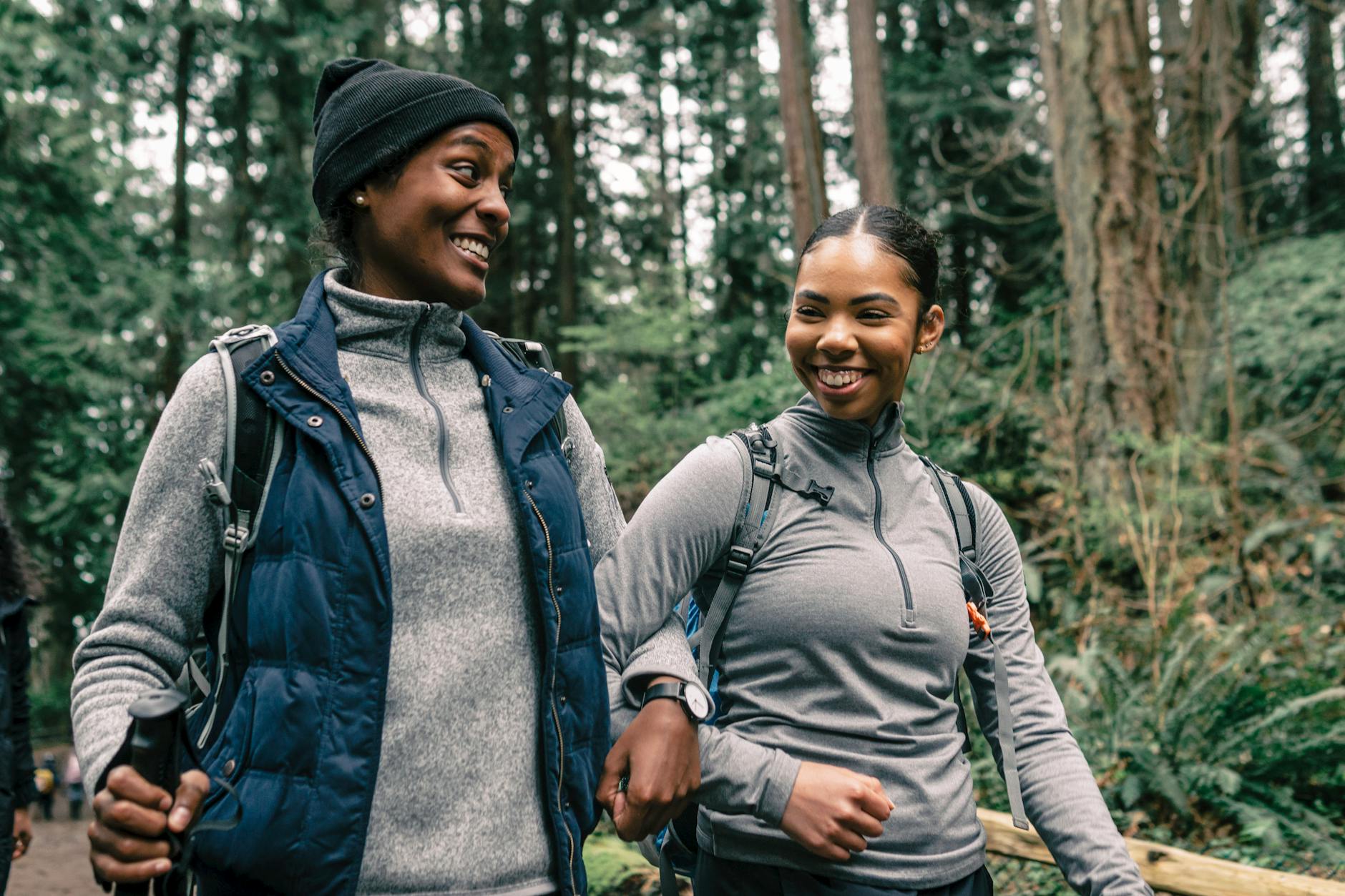The Purpose and Importance of Backlinks
Backlinks, also known as inbound or incoming links, are hyperlinks that are created when one website links to another. These links are a crucial part of Search Engine Optimization (SEO).
Thank you for reading this post, don’t forget to subscribe!
Please support the blog by clicking ads and join the monetize programs , coming soon.
To begin with, backlinks help people discover new content. When a person clicks on a backlink, they are able to navigate to related content on another website. For example, a website about hedgehogs might link to a hedgehog mapping site, which allows visitors to explore and discover new content. As a result, those visitors might become fans or subscribers of the linked content.
In addition, search engines see backlinks as votes of confidence. They signal that the linked content is valuable, credible, and useful. Consequently, the more high-quality backlinks a site has, the better its chances of being discovered and ranked higher on search engine results pages.
Strategies for Building High-Quality Backlinks
Building high-quality backlinks is essential for improving your website’s authority and search engine rankings. Here are some effective strategies to help you get started.
Become a Source for Reporters and Bloggers First, you can use
Help a Reporter Out (HARO) to connect with journalists and bloggers who are looking for sources. By registering as a source and contributing valuable insights, you can secure backlinks from authoritative news sites and blogs.
Publish “Skyscraper” Content Another strategy is to identify existing content in your industry that has performed well and create something even better. You can make your content 5-10 times better by adding depth, original research, and multimedia. Then, you can promote this content to relevant audiences to encourage them to link to it.
Build Links from Outdated Resources Furthermore, you can find outdated or broken content in your niche and create an updated, improved version. Subsequently, you can reach out to websites that are still linking to the old resource and suggest that they update their links to your fresh content.
Use Content Formats That Generate Links Certain content formats tend to attract more backlinks. These include:
- Infographics: Visual representations of data or concepts.
- Original Research: Conducting surveys, studies, or experiments and sharing the results.
- Comprehensive Guides: In-depth resources that thoroughly cover a specific topic.
- Listicles: Curated lists of valuable resources or tools.
- Case Studies: Real-world examples of success or failure.
Publish Ultimate Guides Ultimate guides that cover a topic comprehensively also tend to attract backlinks. Therefore, investing the time and effort to create detailed, well-researched guides can provide immense value to your audience.
Leverage Branded Strategies and Techniques If you have unique strategies or techniques, you can share them through content, presentations, or workshops. When others find value in your approach, they will naturally link to it.
Utilize Authority Resource Pages Finally, you can identify websites or blogs with resource pages related to your niche and suggest that they add your content as a valuable resource.
Mistakes to Avoid When Link Building
Avoiding common mistakes is crucial for a successful SEO strategy.
Do not buy links. Purchasing links can harm your blog’s search engine rankings because search engine algorithms are getting smarter at detecting paid links. Instead, focus on acquiring links naturally through valuable content.
Do not ignore toxic links. Google’s Penguin algorithm penalizes sites with toxic backlinks. To avoid this, use tools like
Semrush to analyze your backlinks and then remove or disavow toxic links with Google’s Disavow tool.
Do not prioritize quantity over quality. It’s important to remember that more links don’t always mean better rankings. Instead, you should focus on acquiring high-quality, relevant backlinks from authoritative sites in your niche.
Do not use irrelevant anchor text. Anchor text should be relevant to the linked content. Avoid generic or unrelated anchor text, opting instead for descriptive and contextually appropriate phrases.
Do not link from low-authority websites. Backlinks from low-quality sites can harm your credibility, so it’s important to prioritize links from authoritative and reputable sources.
Do not rely solely on automated link building. Automated link building can lead to spammy links. Instead, build relationships and earn links organically.
Do not overuse exact-match anchor texts. Overusing exact-match anchor texts can raise red flags. Therefore, you should mix up your anchor text variations for a more natural profile.
Tracking and Monitoring Backlinks
Keeping an eye on your backlinks and assessing their quality is crucial for maintaining a strong SEO strategy.
One effective tool is
Ahrefs Backlink Checker. This tool provides detailed insights into your backlink profile, allowing you to view the number of referring domains and backlinks, check the Domain Rating (DR), and monitor the growth or decline of your backlink profile over time. Furthermore, you can use it to explore the complete breakdown of your backlink profile, identify broken outbound links, and analyze anchor texts.
Another tool is
BacklinkManager, which provides real-time notifications and comprehensive analysis of your backlinks. Similarly, other popular tools for monitoring backlinks include
Moz, SEMrush, and Majestic. These tools can help you detect new and lost backlinks, analyze anchor texts, and assess overall link quality.
Guest Posting and Social Media for Backlinks
Guest posting can be an effective way to enhance your online presence, build authority, and attract targeted traffic. To get started, you can find guest post targets by using Google search strings like “guest post” or “write for us”. Once you find a target site, craft a high-quality guest post that aligns with their audience and guidelines. Be sure to include a compelling bio with relevant links back to your website.
Social media also plays a pivotal role in modern link-building strategies. First and foremost, social media platforms can increase the visibility of your content and website. When you share your content, it gets exposed to a broader audience. If users find your content valuable, they may share it, which can lead to more exposure and potential backlinks. In addition, social media allows you to build relationships with other websites and their owners. By engaging in conversations and collaborating, you can build relationships that may lead to organic backlinks.
Local SEO and Disavowing Toxic Links
Local SEO link building focuses on acquiring backlinks from trusted local sources, which can significantly boost your prominence in Google’s local rankings. To begin, you can analyze your competitors’ backlinks with tools like
Ahrefs to find new opportunities. Additionally, you should create content that is relevant to your local audience. You can also submit your business to local directories and engage with your community by participating in local events.
If you receive a manual penalty from Google or have a significant number of spammy links,
disavowing toxic backlinks is a crucial step to maintain a healthy website. First, you must create a list of the pages or domains you want to disavow. The list should be a text file with a maximum size of 2MB. Then, upload the list to
Google Search Console for each property you own.
The Role of Nofollow Links
A
nofollow link is a small piece of HTML code that tells search engines not to follow a certain path. When you add the
rel="nofollow" attribute to a hyperlink, you are essentially telling search engine crawlers not to pass any link equity or PageRank to the linked page.
Although nofollow links do not directly contribute to search engine rankings, they still play a significant role. For instance, they can bring valuable traffic to your site by guiding human visitors. While a nofollow link may not have direct SEO value, someone might still click on it and explore your site. Furthermore, search engines may use anchor text from nofollow links to understand the context and relevance of a website.
The Art of Link-Building Outreach
Link-building outreach is a crucial part of SEO that involves reaching out to other websites, bloggers, and influencers to acquire high-quality backlinks.
Content-Driven Link Building First and foremost, you should create high-quality content that naturally attracts links from other sites. For example, you can create infographics, research studies, comprehensive guides, or unique blog posts that stand out in your niche.
Guest Posting In addition, you can write guest posts for relevant blogs or websites. Your guest post should be well-researched and add value to the target audience. Remember to include a relevant link back to your own website.
Relationship Building Moreover, nurturing relationships with other website owners and bloggers is a great way to acquire natural link opportunities. You can engage with them on social media, comment on their blog posts, and participate in relevant discussions.
Influencer and Podcast Outreach Another strategy is to identify and reach out to influencers in your niche to collaborate on content. Likewise, you can explore opportunities to be a guest on relevant podcasts, since hosts often provide links to their guests’ websites in the show notes.
Expert Roundups Finally, you can participate in expert roundups or collaborative articles. When bloggers compile insights from multiple experts, they often link back to the contributors’ websites. Therefore, sharing your expertise can get you featured in these roundups. Sources
More resources
- A Comprehensive Guide To Link Building Outreach Plan + Examples
- Link Building Outreach: The Beginner’s Guide To Link Building – Moz
- Link Building Outreach Guide: Effective Strategies for SEO
- An Ultimate Guide on Link Building Outreach Strategies For 2024?
- Link Building Strategies: The Complete List (2024)
- Nofollow vs. Follow Links: Everything You Need to Know
- Understanding Nofollow Links: How They Affect SEO and Website Ranking – On-Page
- Read more about SEO tips in my blogs






Leave a Reply